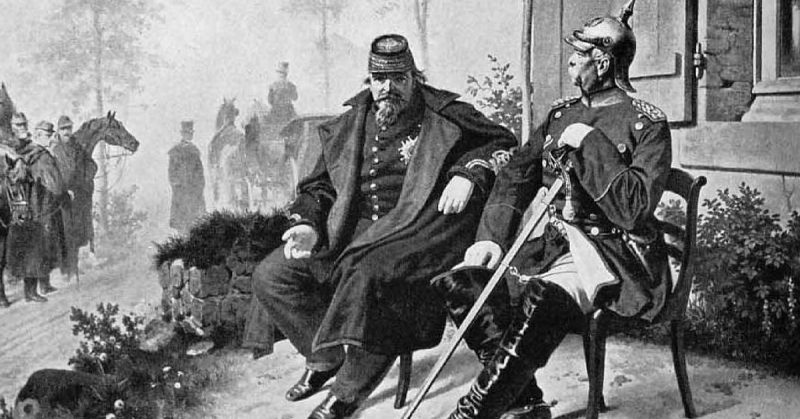It was a turbulent time in Europe. The year was 1870, and the Kingdom of Prussia held the reins of power. Prussia’s king, Wilhelm, was a hardened military veteran, and his chancellor, Otto von Bismarck, was a shrewd and ruthless politician. Their goal had for years been the unification of Germany under the flag of Prussia, and this goal was near to fulfillment.
In France, the head of state was the emperor Napoleon the Third, nephew to Napoleon Bonaparte. Bonaparte had been defeated in 1815 at the famous battle of Waterloo, but not many years had passed before Napoleon III, Louis-Napoleon, had returned to France and taken the title of Emperor for himself. He had gained the support of the French National Assembly, and of the French people, and had ruled the country for nearly twenty years before the outbreak of the war with Prussia.
He was a man who, as ruler, embraced the modernization for France. Railways were built, and huge construction projects were undertaken in Paris. He was responsible for the planting of the Landes forest in the Gironde area of France while in Paris many old gardens were replanted and refurbished, and new parks and gardens were created. He was also a political reformer, and under his rule he established the right of workers to take strike action against their employers. At the same time, he worked to improve women’s access to education and formed a number of new universities.
While reforms at home continued apace, Louis-Napoleon attempted to project French influence abroad, with varying degrees of success. He was not a particularly shrewd general, and his modernization efforts had not extended to the military. Tensions rose in Europe, and the Kingdom of Prussia went to war with Austria, winning a swift victory.
Louis-Napoleon’s France maintained an uneasy neutrality, but the growing Prussian expansion throughout the continent was a threat to their nation which could not be ignored. Relations between Prussia and France deteriorated.
When a Prussian prince seemed set to inherit the throne of Spain, the French feared that they would find themselves encircled in an alliance of Prussian states. At once, they sent an envoy to Bismarck to demand that the candidacy be withdrawn. A telegram reached Paris, which implied that the French ambassador had been insulted by Bismarck. The flames of public opinion in Paris, fanned by the French newspapers, swiftly got out of hand. 20,000 people marched on the National Assembly, demanding war. The outcome was inevitable, and the fate of Louis-Napoleon’s empire was sealed.
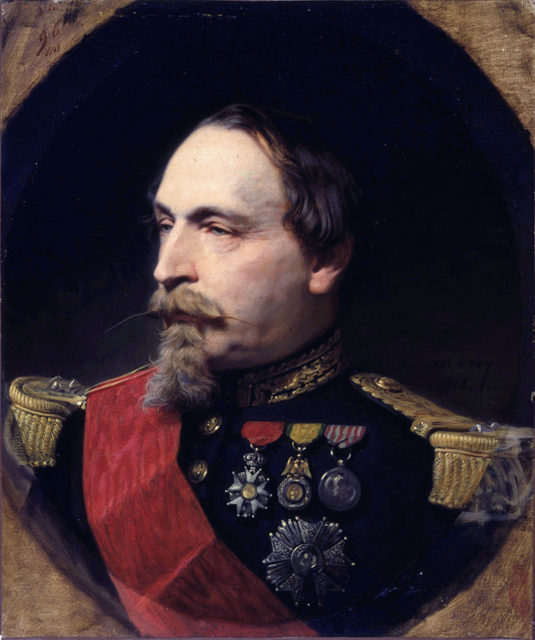
France declared war on Prussia, and began to mobilize, but the organisation of the Prussian army was unparalleled in Europe at the time. Prussia’s soldiers were deployed rapidly by railway, and by the time French forces crossed the German border, great numbers of enemy soldiers were massing against them.
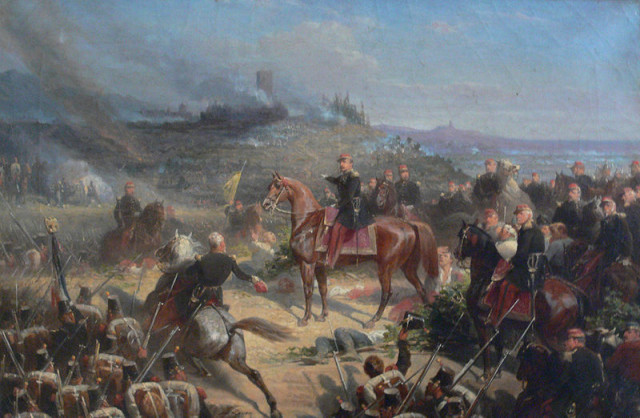
The French fought battle after battle and, though casualties on the Prussian side were high, they tasted defeat every time they engaged. The French army suffered dreadfully at the hands of the Prussian artillery, which consisted of breech-loading cannon – the most modern design available. The French army had failed to modernize their artillery, and still used the older muzzle loading design of cannon.
August ended with a force of French soldiers besieged in the town of Metz. Louis-Napoleon rallied his remaining soldiers and attempted to break the siege, but was driven back by the Prussians. He suffered heavy losses, and retreated to the area around the river town of Sedan, in the Ardennes forest. Soon he found himself encircled by Prussian forces.
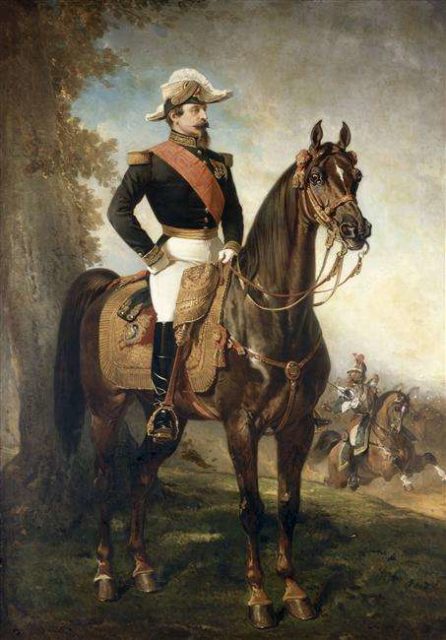
On September 1st, 1870, Louis-Napoleon ordered his troops to break out. Artillery and infantry assaulted the weakest point they could find, the town of Bazeilles, four kilometers south-east of Sedan. The fighting was ferocious, and though waves of Prussian infantry poured into the town, they could not yet drive the French out. Though the Prussian cannon were superior, the French muskets were faster loading and had a longer effective range that those of the Prussian infantry, and the Prussians could not bring their artillery to bear.
Another town to the North of Bazeilles – La Moncelle – was being held by the French against Prussian attack. Here, the French sent numerous battalions of infantry against the Prussians in an attempt to break through, but without success. The Prussian artillery came in range of Bazeilles at nine o’clock, and as the morning drew on they rained their devastating percussion-capped shells on the French-held town.
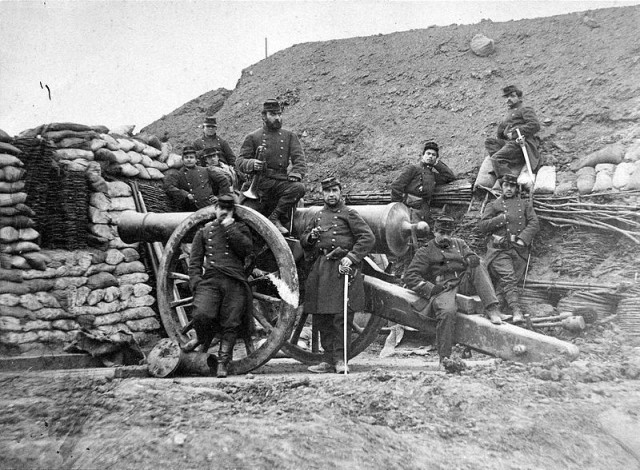
At La Moncelle, the French were gaining some ground. They reached the Prussian artillery positions and drove the gunners back in vicious hand-to-hand fighting, but even as they did so more and more Prussian infantry approached their melee. They had silenced some Prussian cannon, but many more were still firing, and even as they sent the artillery crews away in rout the news came to them that Bazeilles had fallen.
Now, from north, south and east, the Prussian artillery bombarded the French formations. Under their covering fire the Prussian infantry advanced, driving the French back as they moved. At the last, the French cavalry were unleashed against the bullets and bayonets of the Prussian infantry.
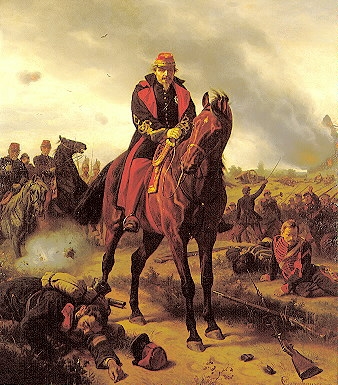
The horse’s hooves thundered, the soldiers’ sabers flashed in the evening sun and the roars of the men were fierce and wild – but they could not break through. On the very first charge their commander was killed. They charged a second time, and a third, but to no avail. As evening fell, the remaining French soldiers broke off their attack.
Next morning, September 2nd, the Prussian artillery still rained shells down upon the town. Napoleon III wandered through the ruined streets with his staff, seemingly in a trance. It appeared to those around him that he sought death, but could not find it. Eventually, at one o’clock in the afternoon, he surrendered himself and his army to Von Bismarck and King Wilhelm, and so doing brought the second French empire to an end.
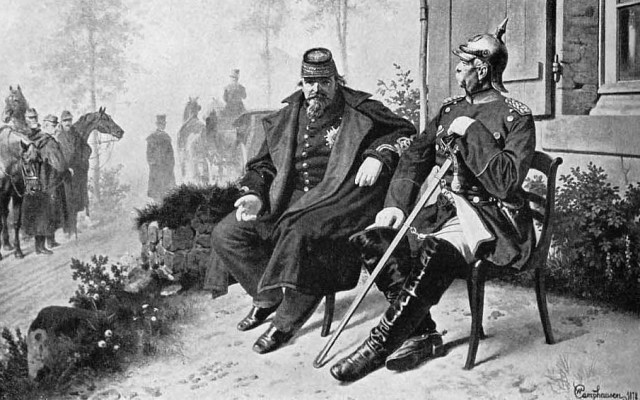
Though the war between Prussia and France would drag on for another year after the battle of Sedan, Louis-Napoleon’s part in it was over. He was exiled to England, where he lived quietly until he succumbed to ill-health and died on January 7th, 1873.
He was vilified in France for his surrender at Sedan, but he maintained that he had chosen to do so in the face of unavoidable annihilation, rather than force the thousands still under his command to go to their deaths.
Unlike Bismarck and Wilhelm, he was horrified by the loss of life in war and the deaths he had presided over haunted him. From his exile, he wrote the following to explain his capitulation in the face of certain defeat:
“Some people believe that, by burying ourselves under the ruins of Sedan, we would have better served my name and my dynasty. Nay, to hold in my hands the lives of thousands of men and not to make a sign to save them was something that was beyond my capacity… my heart refused such sinister grandeurs.”
